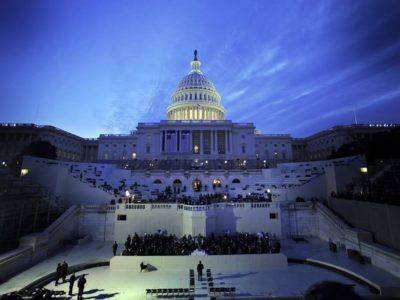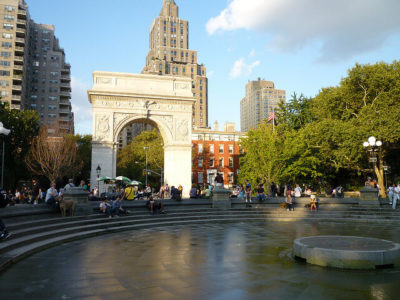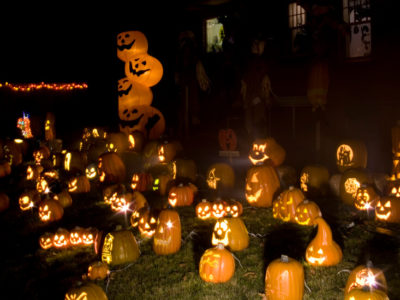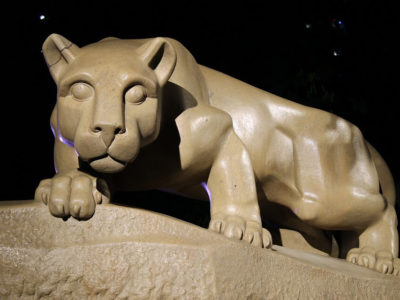Do you binge on The Crown while comparing it to your history notes? If you watch historical dramas for the history more than the drama, you might consider yourself a history buff. At these schools, history isn’t contained to the classroom. From annual celebrations and contributions of monumental alums to innovative programs and historical buildings, you’ll find the influences of historical events at every turn.
Check out the 10 most historical schools that will immerse you in history on your walk to class.
10. Harvard University
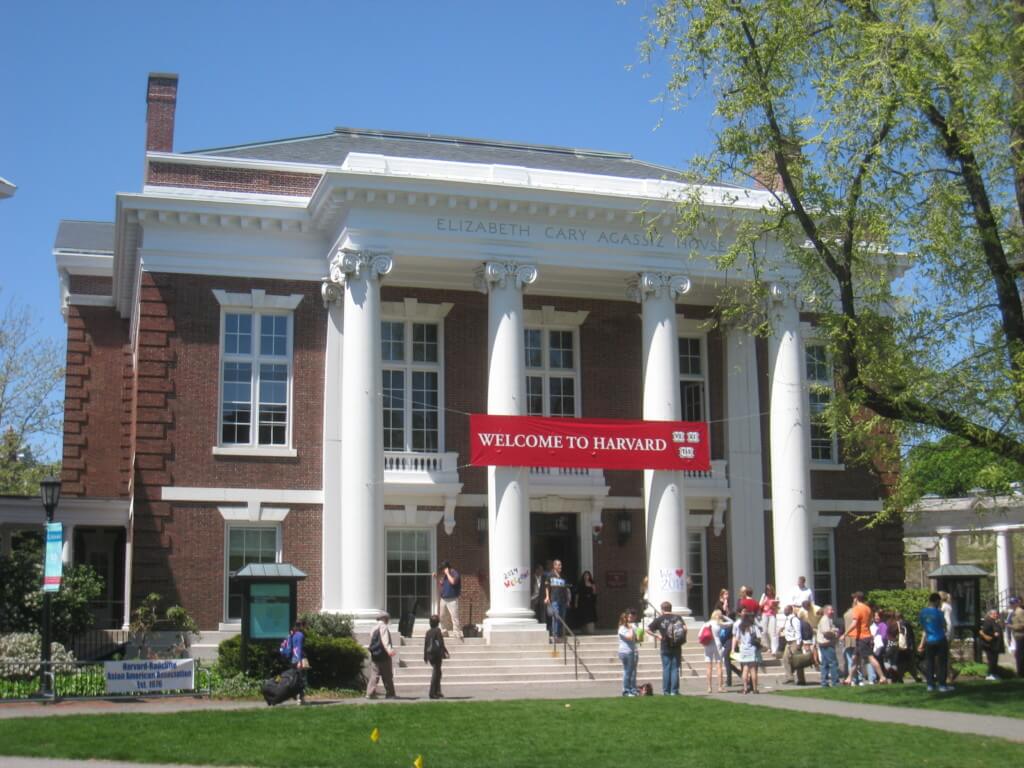
Founded in 1636, it’s the oldest institute for higher education in the U.S. by over 50 years. It was built by the puritans of Massachusetts Bay Colony. Remember them from middle school history? Not many schools have been through so much, from the Puritans to the American Revolution, to the enlightenment in the 1800s to the turmoil of the 20th century. And as a history buff, you’ve got the dream alumni. Eight signers of the Declaration of Independence graduated from Harvard, plus eight U.S. presidents. And when you walk through Harvard Yard, the imposing John Harvard statue will give you a regal reminder of Harvard’s colonial past. At Harvard you can even serve as a delegate to Model United Nations or participate in Model Congress. Just think—you might next see the student sitting next you running for real Congress. No better bragging rights than that.
9. Talladega College
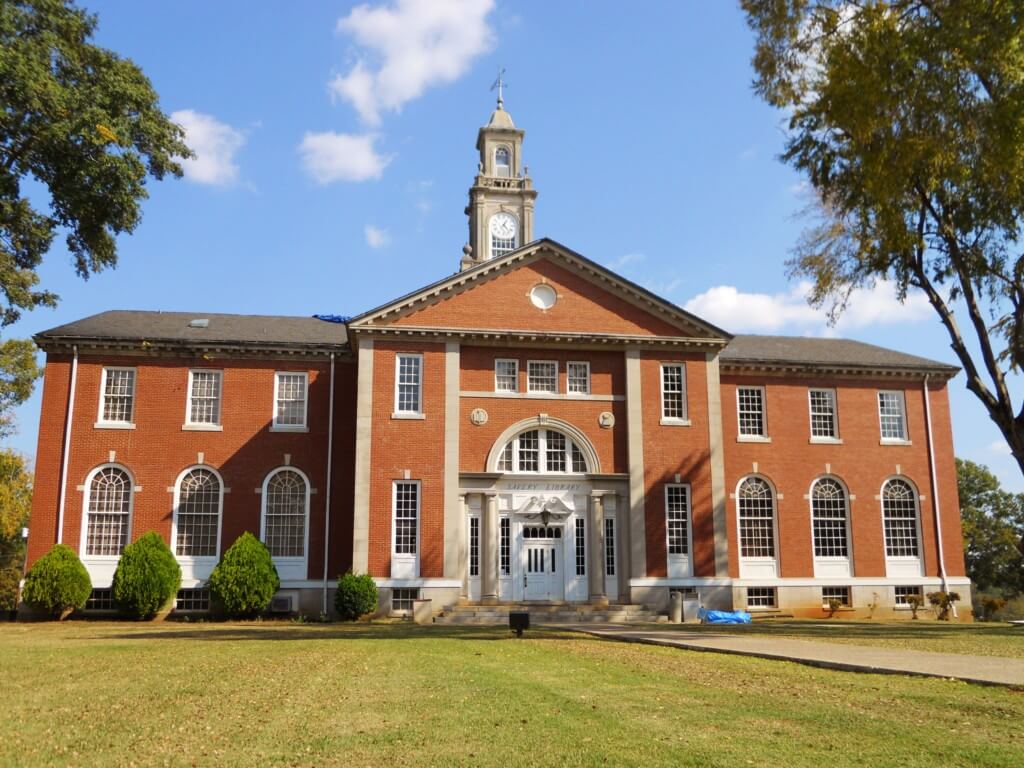
Is your passion African American history? Go somewhere with African American history built into its founding. Six months after the end of the Civil War, a group of former slaves came together in Alabama to create a school for their newly freed children, making Talladega one of the first colleges created by African Americans. They saw higher education as vital to the preservation of their new liberties. Talladega has served that purpose ever since.
As you step onto campus, you can literally feel the long history behind the place. Offering a BA in African American Studies, you’ll never run out of eye-opening history courses to take. Beyond that, in the library you’ll find a mural called La Amistad embedded in the floor. It tells of a mutiny of slaves who took control of a slave ship and won their freedom. Be careful—school tradition says it should never be stepped on. The mural will remind you of Talladega’s history of taking initiative and doing everything for freedom.
8. Princeton University
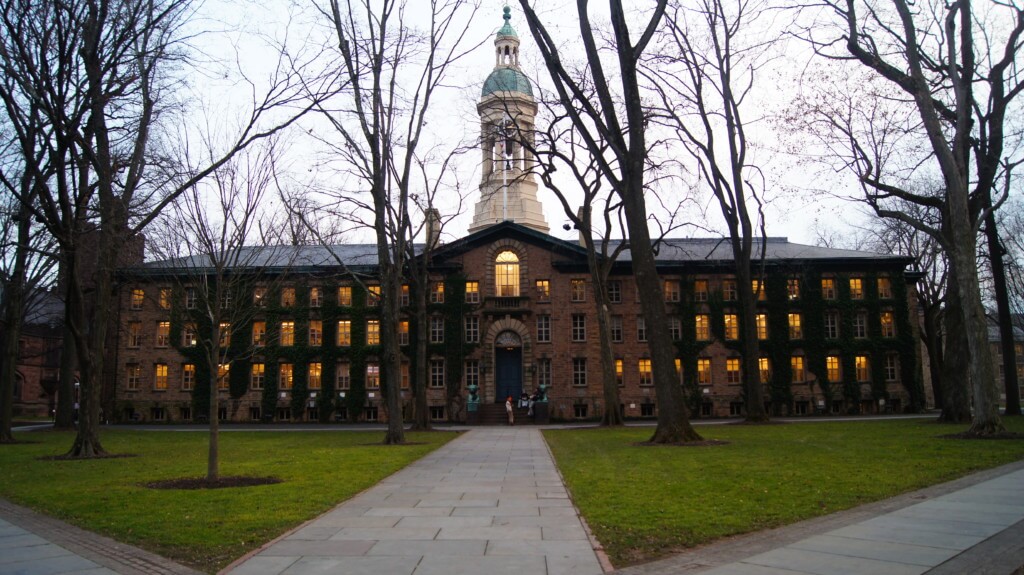
Princeton is a no-brainer for lovers of colonial history. Founded in 1746, it’s one of only nine colleges to see their way through the Revolutionary War. Not only that, but Nassau Hall, the oldest building on campus, stands as a National Historic Landmark. During the war it was occupied by both British and American forces. And in 1783 when Princeton served a brief stint as the United States Capitol, Nassau Hall hosted the entire U.S. government. Talk about historic buildings. That’ll certainly help up your Insta-game.
It gets better—you can take a stroll through iconic Canon Green. There you can stand above a canon, now buried in the ground, that the American army fired at the British-occupied Nassau Hall during the Battle of Princeton in 1777. In case you history buffs were wondering, the rebels won and got Nassau back. At Princeton you’ll follow in the footsteps of U.S. presidents James Madison and Woodrow Wilson, and a whopping 12 Supreme Court justices. Three of them are serving right now. Bet they’d nerd out over Princeton’s canon with you.
7. University of Minnesota, Morris
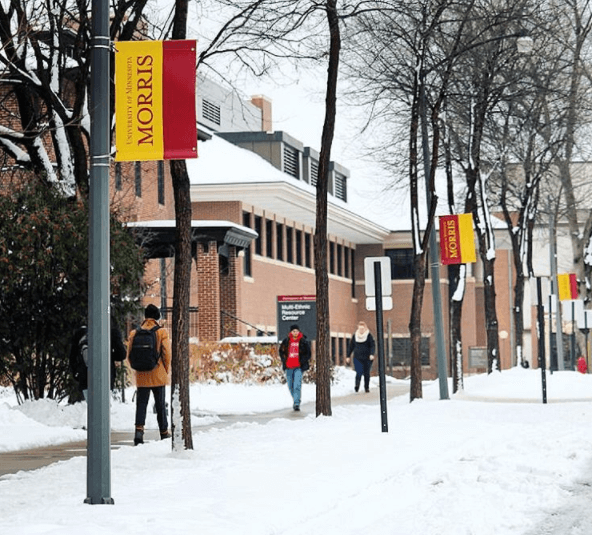
Free tuition, anyone? Once a Native American boarding school, the state created a public college in 1960 under the agreement that Native Americans would always get free of tuition. Today, 18 percent of students are of Native American descent. “The prevalence of native culture lends itself to the more general college experience of accepting other cultures, opening eyes to differences and realizing injustices towards others,” sophomore Erin Wilaby said. UMM offers a variety of native-focused clubs and native language courses. And the annual powwow is a campus favorite. All of that means students are exposed to a big piece of American history and culture the rest of us don’t know nearly enough about. Sophomore Shafiul Umam said, “As a Bangladeshi international student, I came into U of M, Morris without knowing much about of Native Americans. When I learned more, I was quite intrigued by the fundamental similarities—past and present—of oppression between Native Americans in the United States and indigenous groups in South Asia that share a common root of British imperialism.”
6. Oberlin College
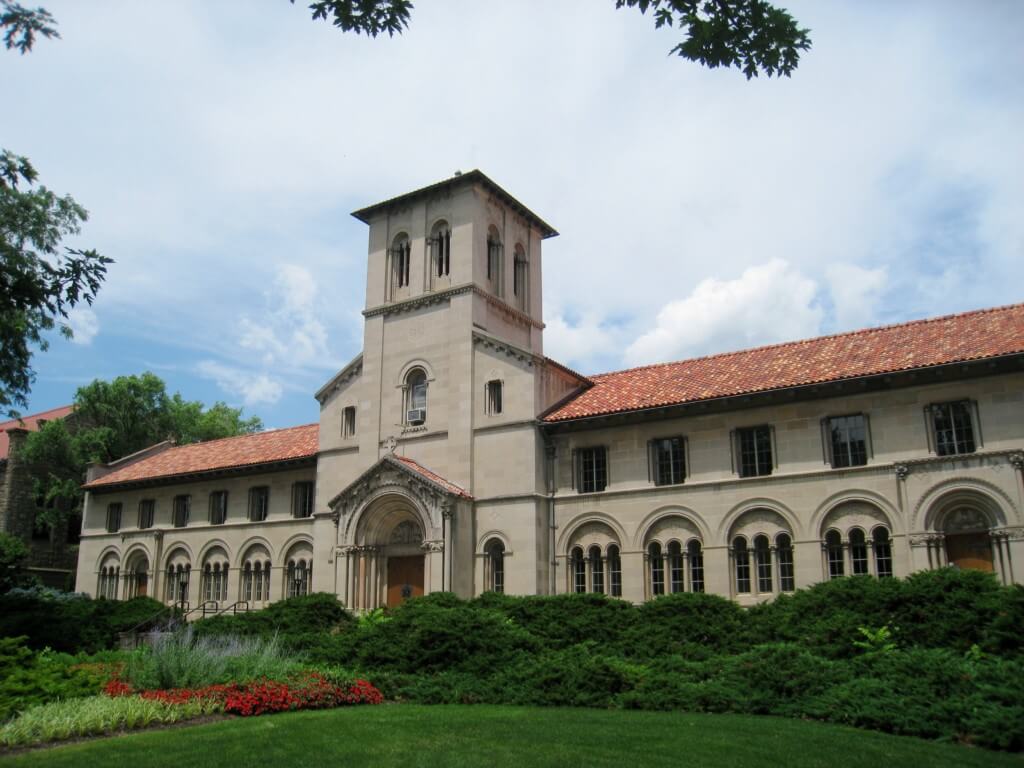
Name a social change movement and you can bet Oberlin students played a big role. With their background as the first liberal arts college to admit students of all races/genders, it isn’t surprising that Oberlin students and faculty formed a strong biracial effort to help fugitive slaves on the Underground Railroad. Today on campus you can find the Underground Railroad Monument: a sculpture of a railroad track rising from the ground. Oberlin’s high level of activism continued in the Civil Rights and Anti-War Movements. In 1970 it made the cover of Life for being one of the first colleges with co-ed dormitories.
Sophomore Sarah Nathanson said, “The largest way Oberlin’s history of progressive social norms and political activism impacts campus life is in the people it draws to it. The demographic it attracts represents Oberlin’s history far more than the college itself does on any given day. At our core, we are a student body who cares very very deeply about how we treat others, especially marginalized groups of people, and works hard to level the playing field among students of all different backgrounds. Whether or not we are succeeding is another matter – but I can promise you that we try.” You’ll be hard-pressed to find a better place to study the trials and tribulations of social change.
5. University of California, Berkeley
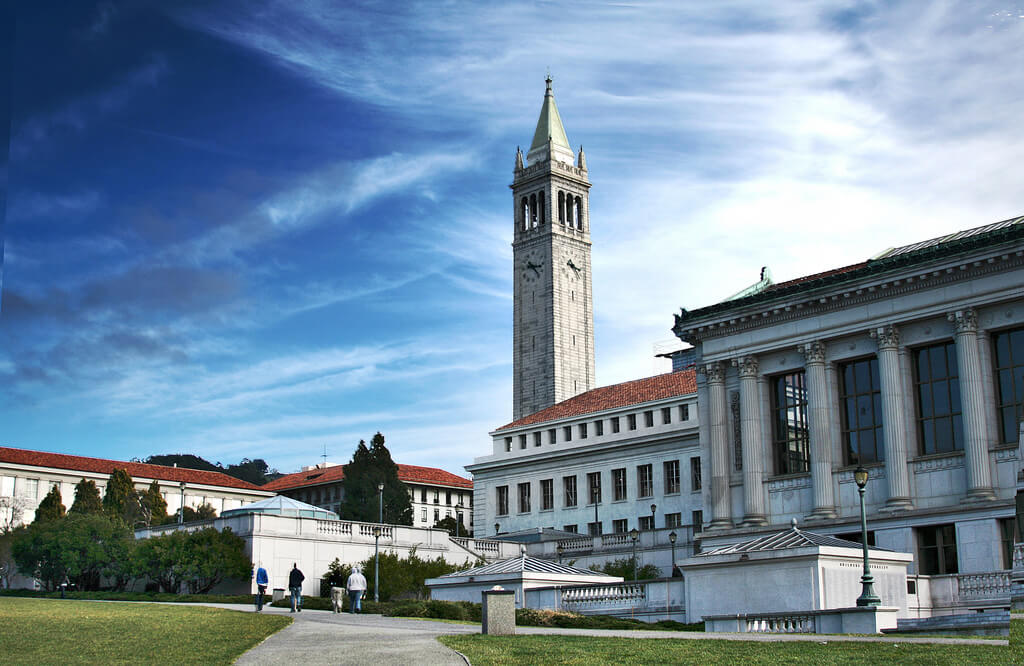
Imagine eating lunch in Sproul plaza means sitting where the Free Speech Movement began after students tried to table for civil rights. In a huge protest spanning 1964 to 1965, students insisted the university administration lift the ban on on-campus political activities and acknowledge students’ right to free speech and academic freedom. After a whole lot of drama, school officials finally backed down and designated the Sproul Hall steps as an open discussion area. The Free Speech Movement served as a pivotal moment for the civil liberties movement as a whole. It also began a trend of student activism Berkeley students still take pride in today. Along with that, the Mario Savio Free Speech Movement Café commemorates that history on campus.
Even cooler? UC Berkeley offers Democratic Education at Cal, known fondly as DeCal. The program arose out of the Free Speech Movement. It offers courses taught by students on a vast range of subjects, from 3D animation to Israeli folk dancing to meditation. “Because DeCals are sponsored by the university and students can take DeCals for units and for a grade, it shows that students’ ideas and creativity are supported and legitimized by the university faculty,” junior Desiree Diaz said. Junior Danielle Zhou added, “I have been able to initiate my own projects, meet great people and contribute to the campus community.”
4. Kent State University
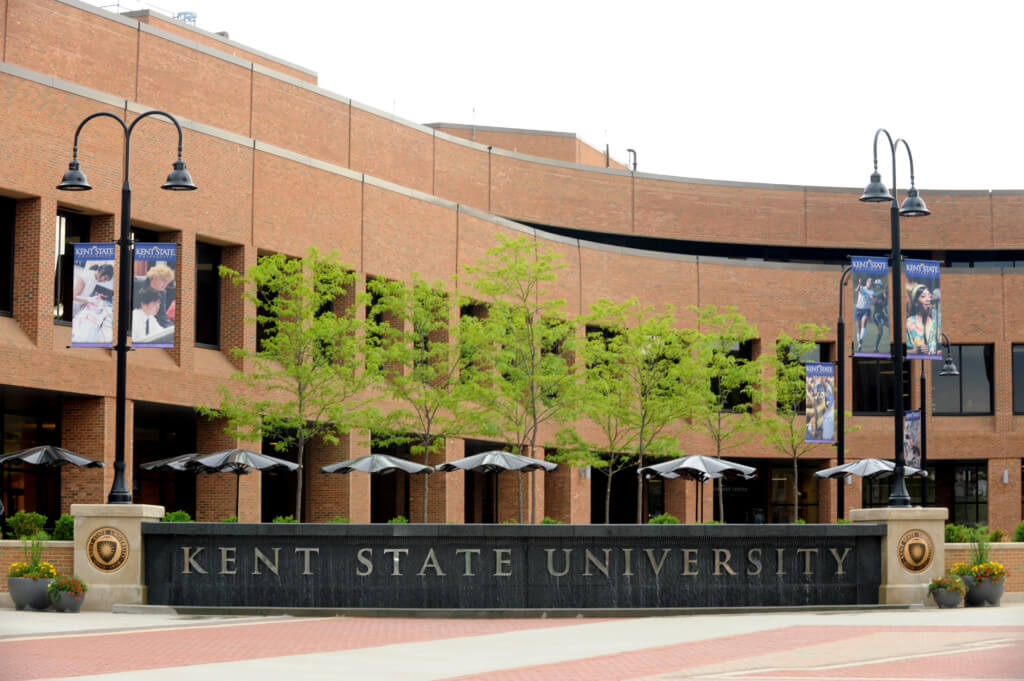
What Kent State went on to do with its tragedy is nothing short of genius. Kent State is famous for the 1970 Kent State shootings where the Ohio National Guard killed four unarmed college students and wounded nine during a Vietnam War protest. Today you can join the May 4 Task Force, which organizes an annual commemoration. Walking across campus you’ll pass the four monuments planted where each student fell. Looking for something more impressive? A year later, the university opened the Center for Peaceful Change as a living memorial to the events of May 4, 1970. Now known as the Center for Applied Conflict Management, it offers undergrad degrees in conflict resolution. “[May 4, 1970 and its Aftermath is] probably the most impactful class I’ve taken. We had several guest speakers who were there that fateful day, including the sister of a wounded student, a professor at the time who witnessed the shootings and Dean Kahler who was paralyzed by the guardsmen. It has helped me have a more open mindset and makes me aware that I need to be less judgmental,” senior Robin Burkhardt said.
3. University of Virginia
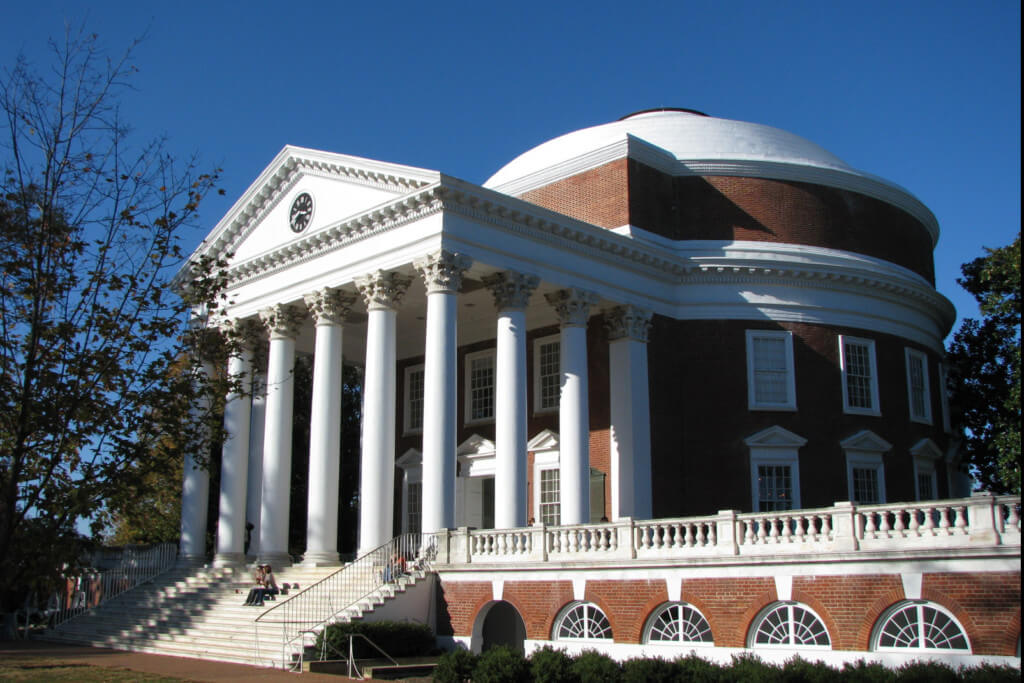
Who wouldn’t find UVa’s founding super cool? UVa made history as the first to separate education from religious doctrine. Jefferson himself even designed the original courses. The former president stayed involved in the school until his death, hosting dinners at his nearby home for students and faculty. Don’t you wish you could’ve gone to those? Students still call campus “the grounds” as a throwback to Jeffersonian times. And instead of being built around a church like all the others at the time, campus centers around the Rotunda, basically a smaller Roman Pantheon.
Law student Thomas Howard said, “For those of us, like me, who studied early American history, in very real sense we have the opportunity to learn history where many of the events took place. Thomas Jefferson’s university is an embodiment of the kind of civic engagement he felt was crucial for a successful republic.” Not just colonial experts, UVa professors have pioneered scholarship on the Civil War, legal history and WWII. It comes as no surprise that history is one of the most popular majors at UVa.
2. Gettysburg College
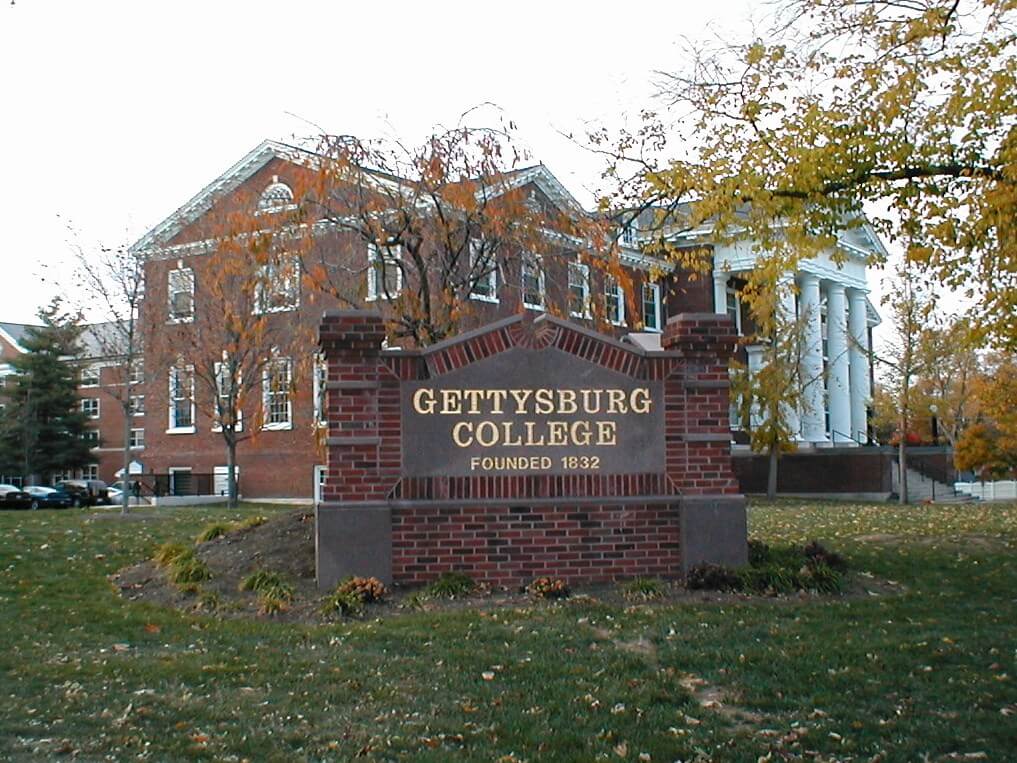
Gettysburg College, founded in 1832, is one of those schools that didn’t exactly try to become famous. But in 1863 a certain battle and a certain speech by a certain president happened right on top of it. The rest is history. The college evolved plenty since that time, but Pennsylvania Hall, once the central building for all activities on campus, stands as an iconic reminder of Gettysburg’s Civil War past. During the Battle of Gettysburg, both union and confederate armies used it as a field hospital. Not to mention, the historic battlefield surrounds the campus. “I enjoy going for runs on the battlefields because it is a peaceful break from campus. I’ve become more interested in history from stopping and reading the monuments and signs during my runs,” senior Mary Westermann said.
Each year students honor their college’s history with the First Year Walk. When Abraham Lincoln gave the Gettysburg Address in town, the students attending Gettysburg College walked to hear him speak. Now the first-year class traces the steps of the former students and a notable community figure recites the Gettysburg Address. It’s a big town event and an evening students never forget, history nerd or not. Can’t get enough of living where the Battle of Gettysburg unfolded? You can even minor in Civil War Era Studies.
1. The College of William and Mary
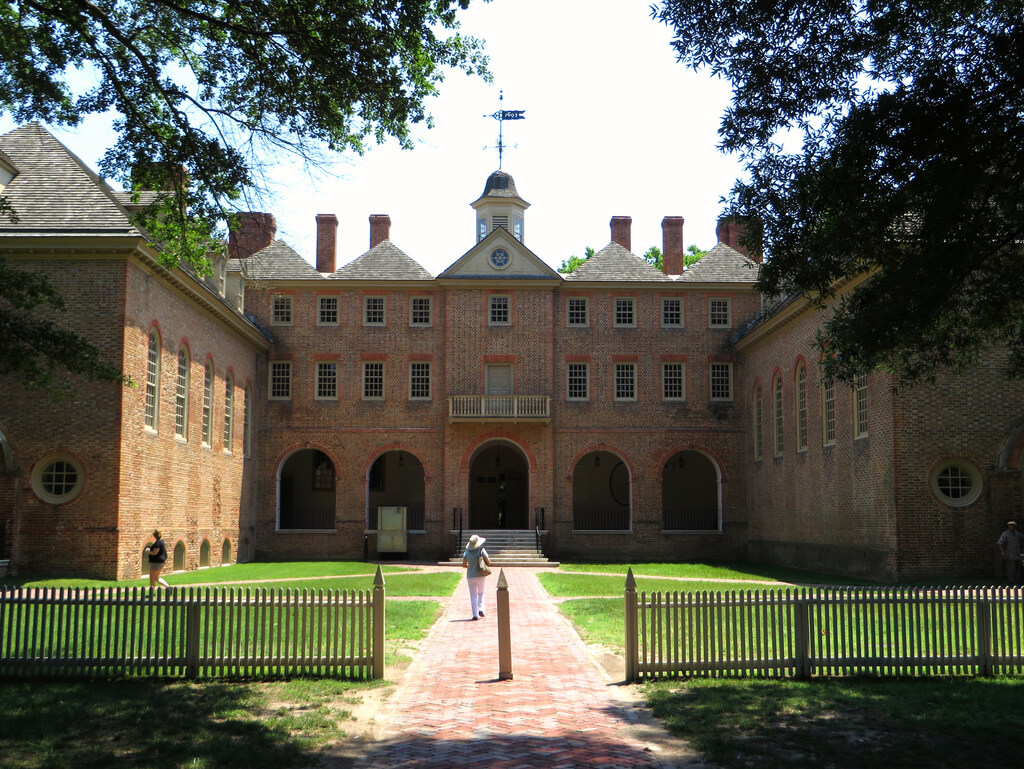
Out of all the earliest colleges founded in America, the College of William and Mary stands apart. With a patent from King William III and Queen Mary II, Virginia colonists founded their own school in 1693 after relocating from Jamestown. Everyone’s heard of Williamsburg. It stood as the capital of the Virginia Colony and its historic section doubles as a living history museum today. Talk about an awesome place to live. William and Mary students also have serious bragging rights when it comes to alums: 16 members of the Continental Congress, four signers of the Declaration of Independence and three presidents, including Thomas Jefferson and James Monroe.
Every year the university celebrates its history with Charter Day festivities. Students, faculty, alumni and even the local community all get involved. When it comes to academics, undergrad history offers courses like “Hamilton’s America” and “Williamsburg Colonial and Revolutionary Era.” You can even earn a graduate degree in colonial history—a history buff’s dream come true.

